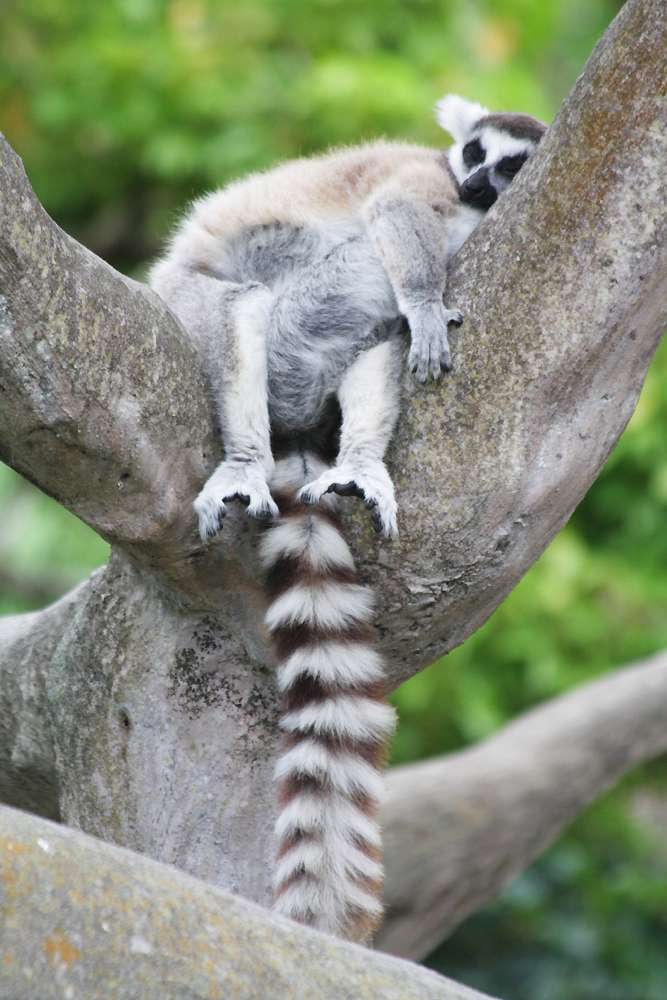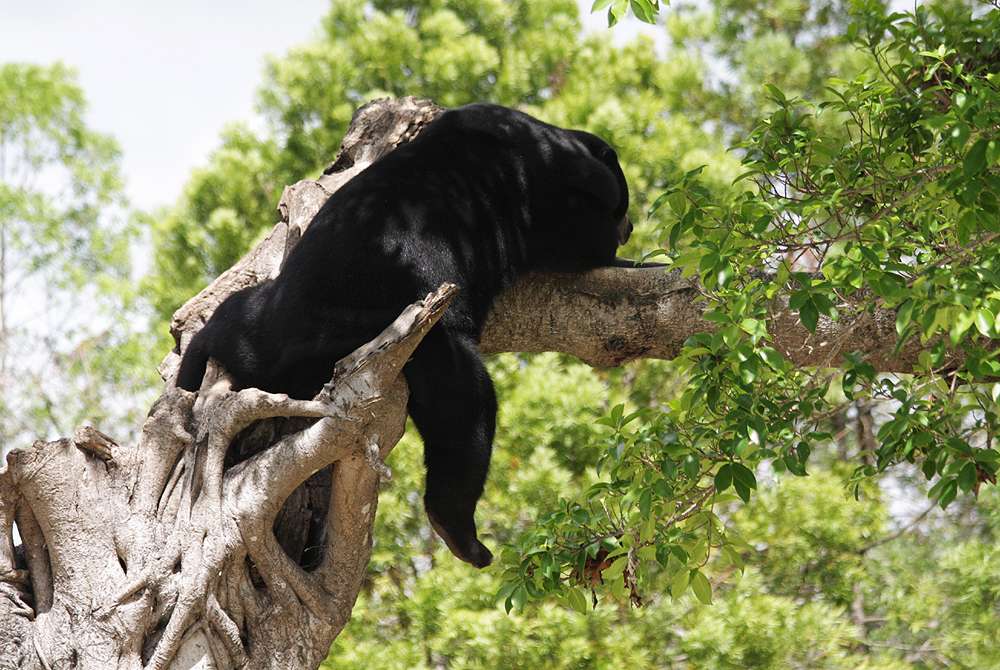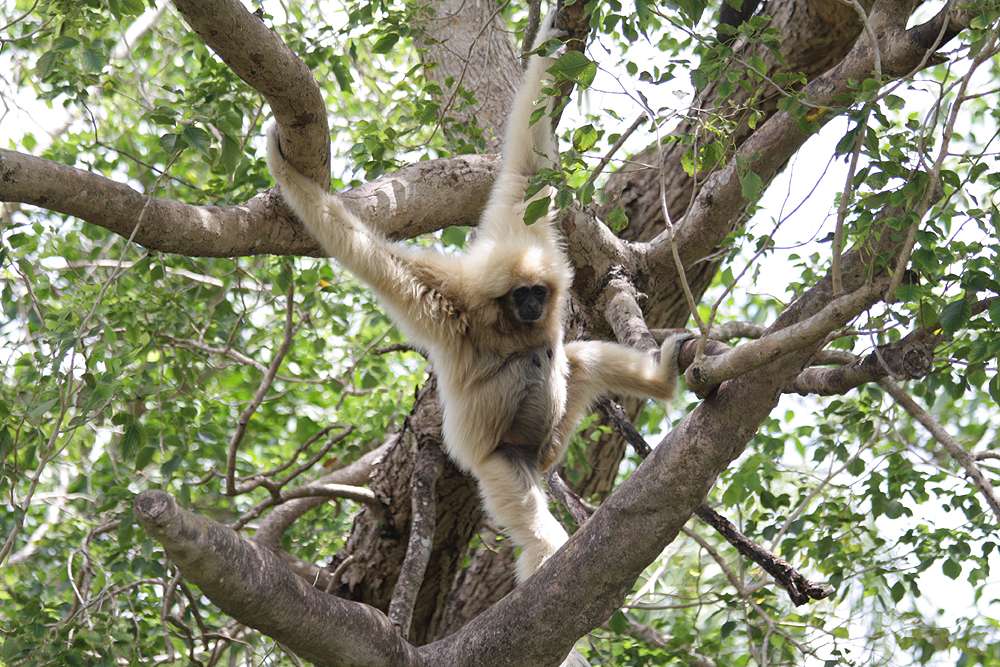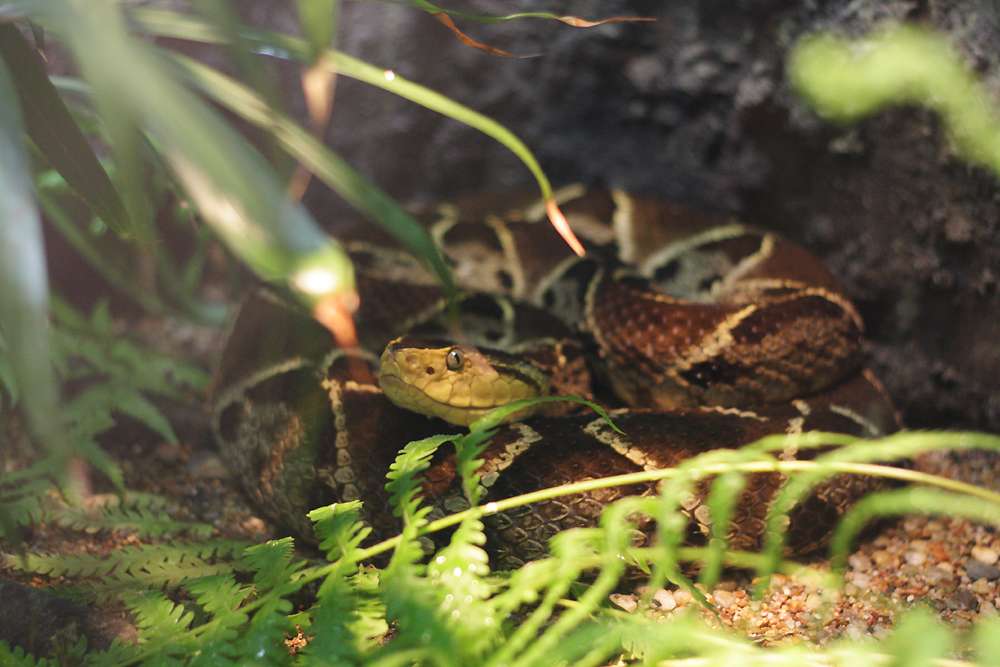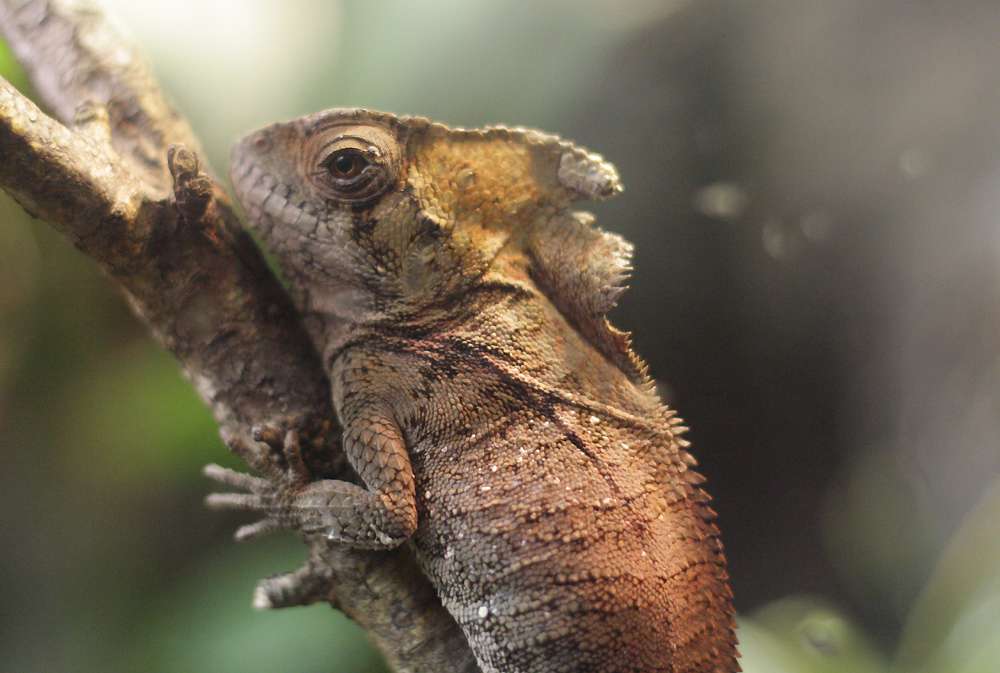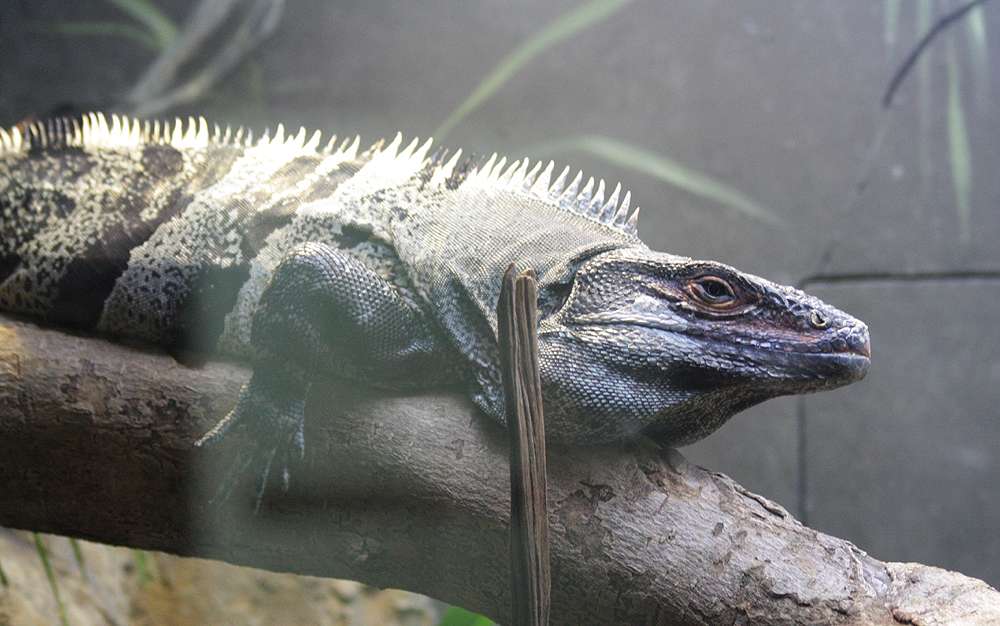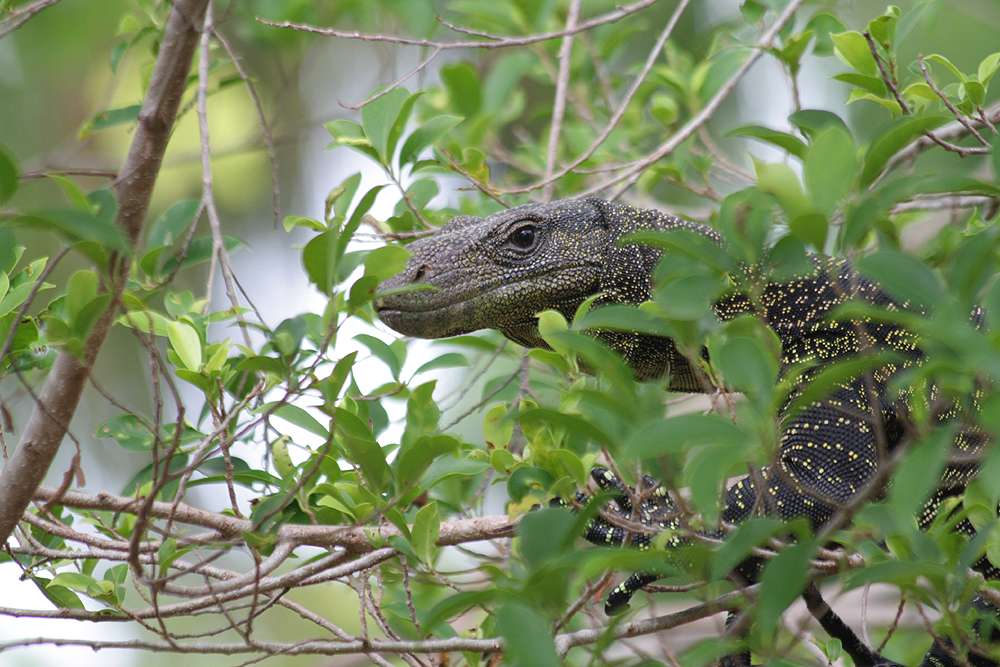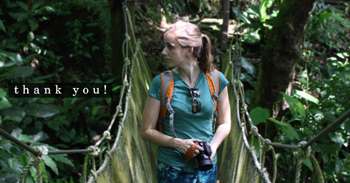Nick Henn of Canvas Chameleons
Growing up I've always had a fascination for animals, especially reptiles and amphibians. I raised all kinds of reptiles but the one that has always had my heart is the Chameleon. They have become my passion and I truly enjoy every moment working with them. They are both beautiful and fascinating creatures and I have made it my goal to help others learn about chameleons so they too can sharing in their unique and breath-taking beauty.
All images on this post copyright to Canvas Chameleons
All images on this post copyright to Canvas Chameleons
____________
Madagascar is facing major environmental problems such as deforestation, habitat destruction, agriculture fires, erosion and soil degradation. An effort must be made in order to help reforest Madagascar and prevent the loss of its amazing biodiversity and unique ecosystems. Being home to about half of the world’s 160 or so species of chameleons, Madagascar is one of the most important countries to all chameleon enthusiasts.
Unfortunately, Madagascar is among the world's poorest countries. As such, the Malagasy people’s survival is dependent upon natural resource use. Most must live off the land that surrounds them, making use of whatever resources they can find. Their poverty costs the country and the world through the loss of the island's endemic biodiversity.







